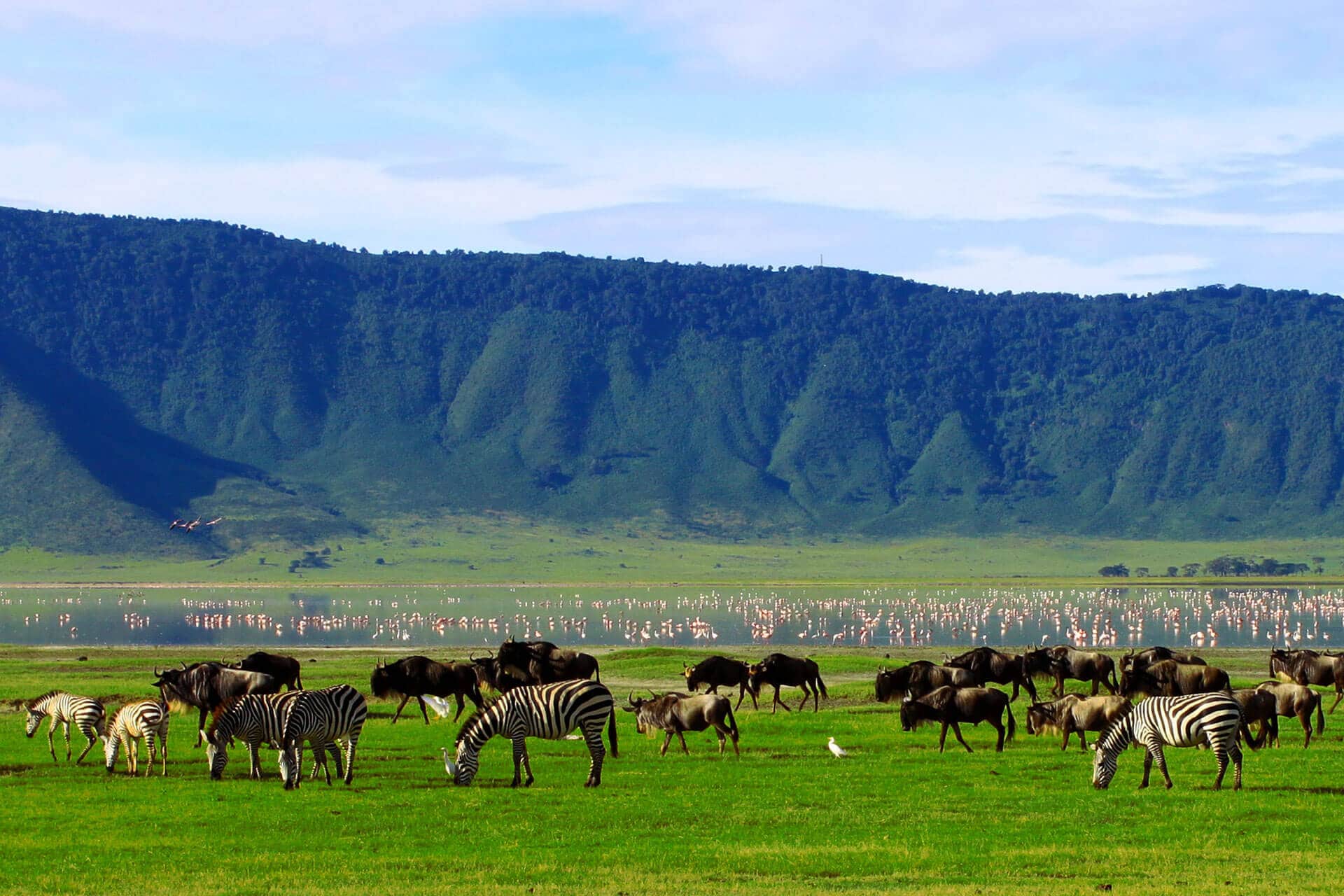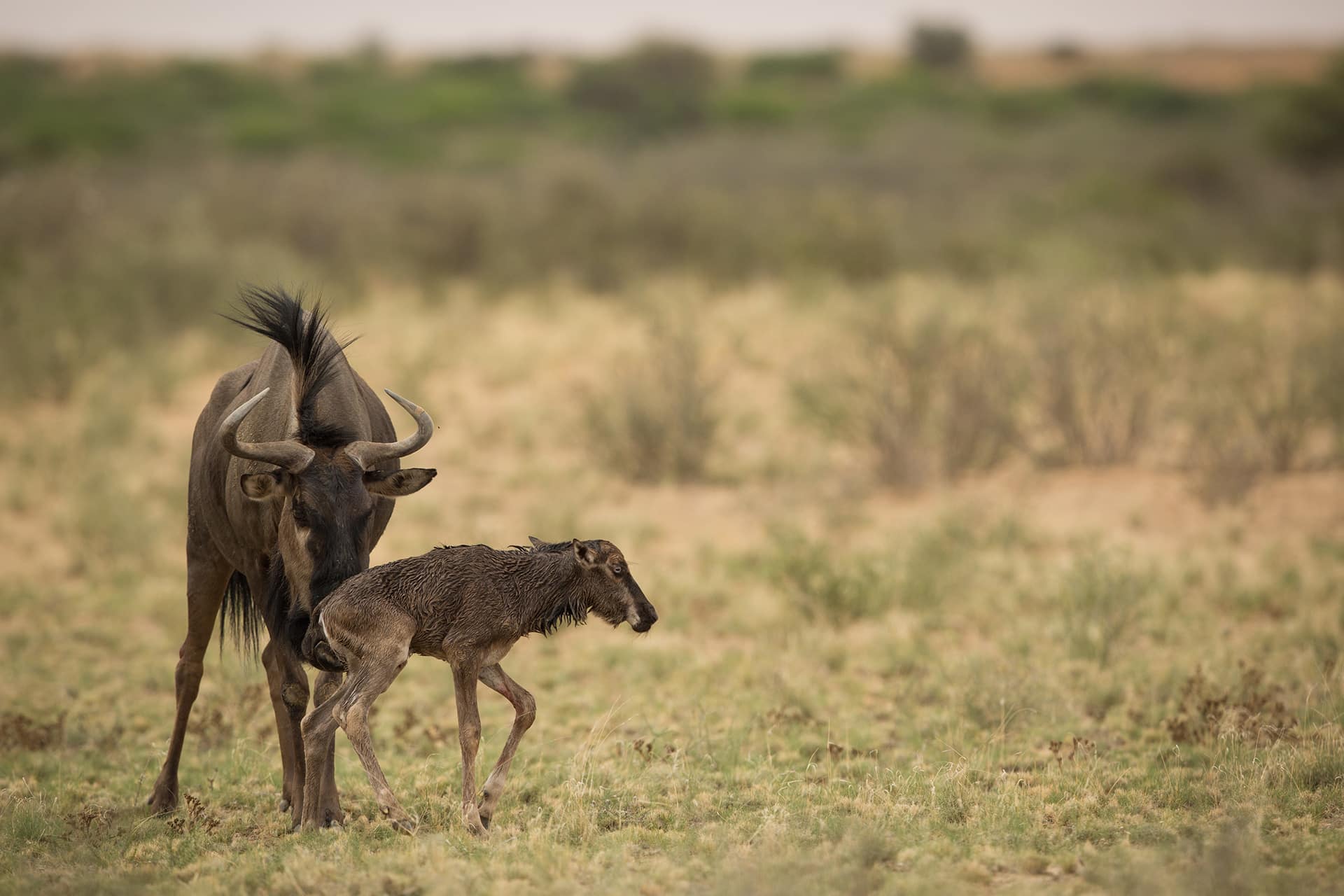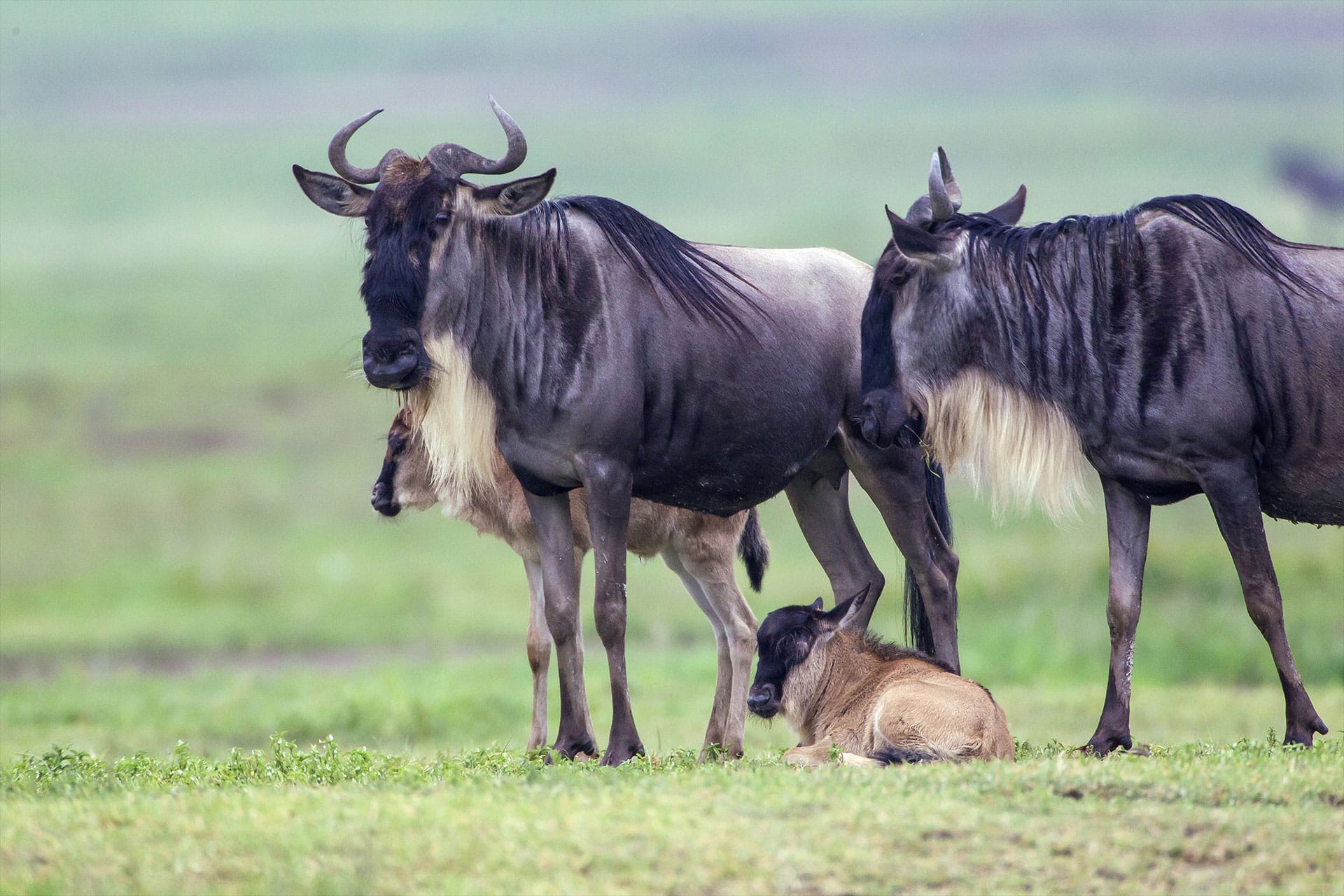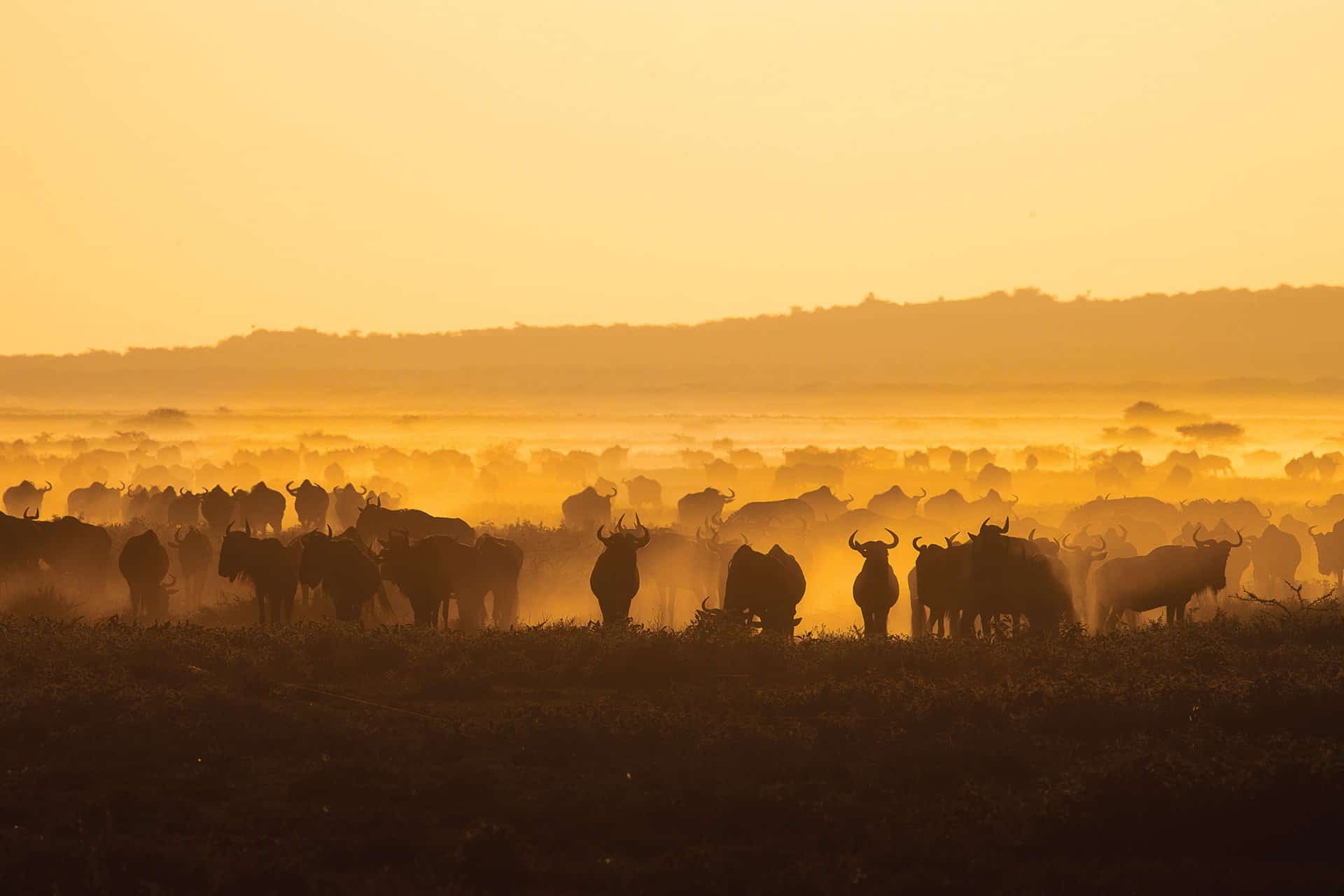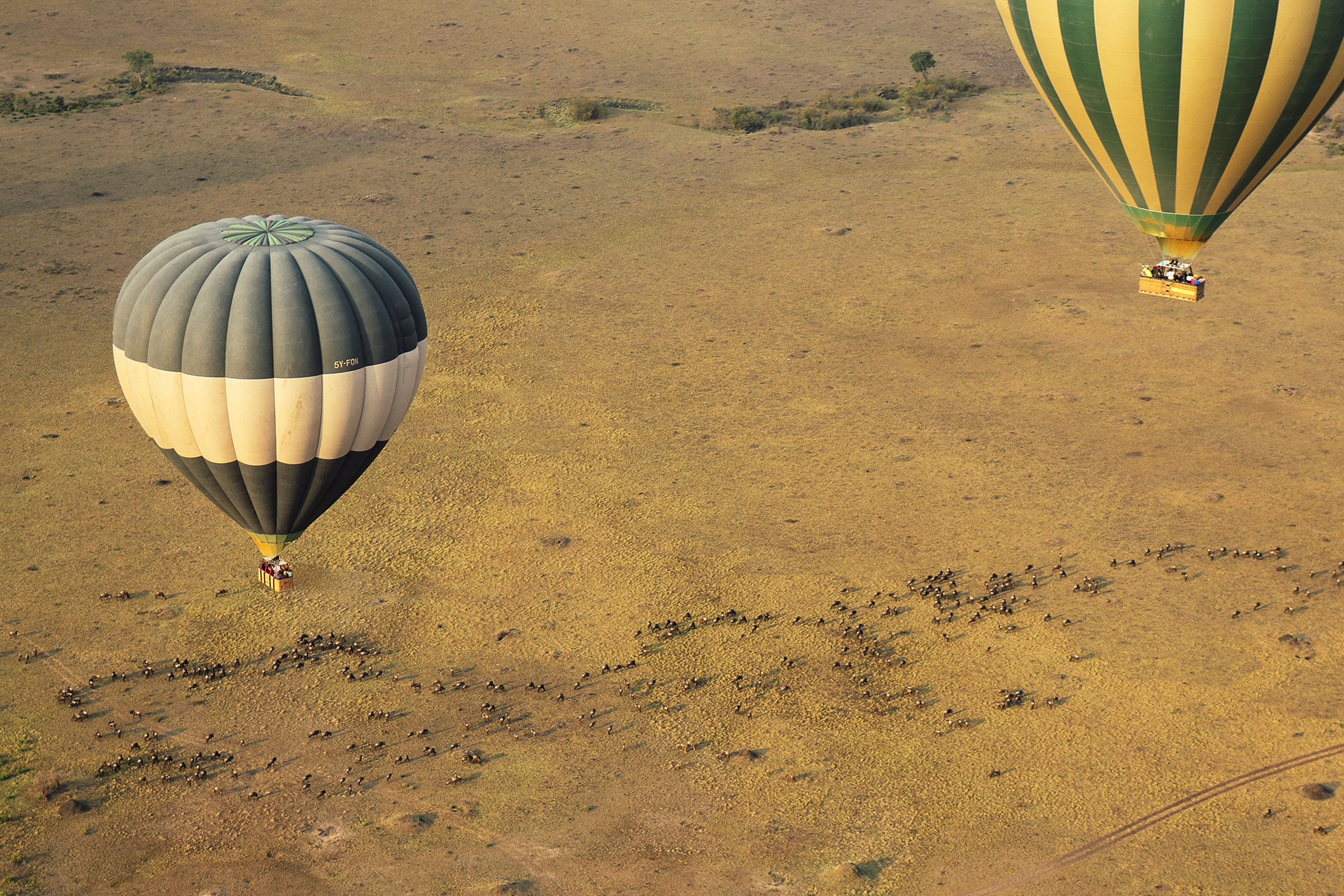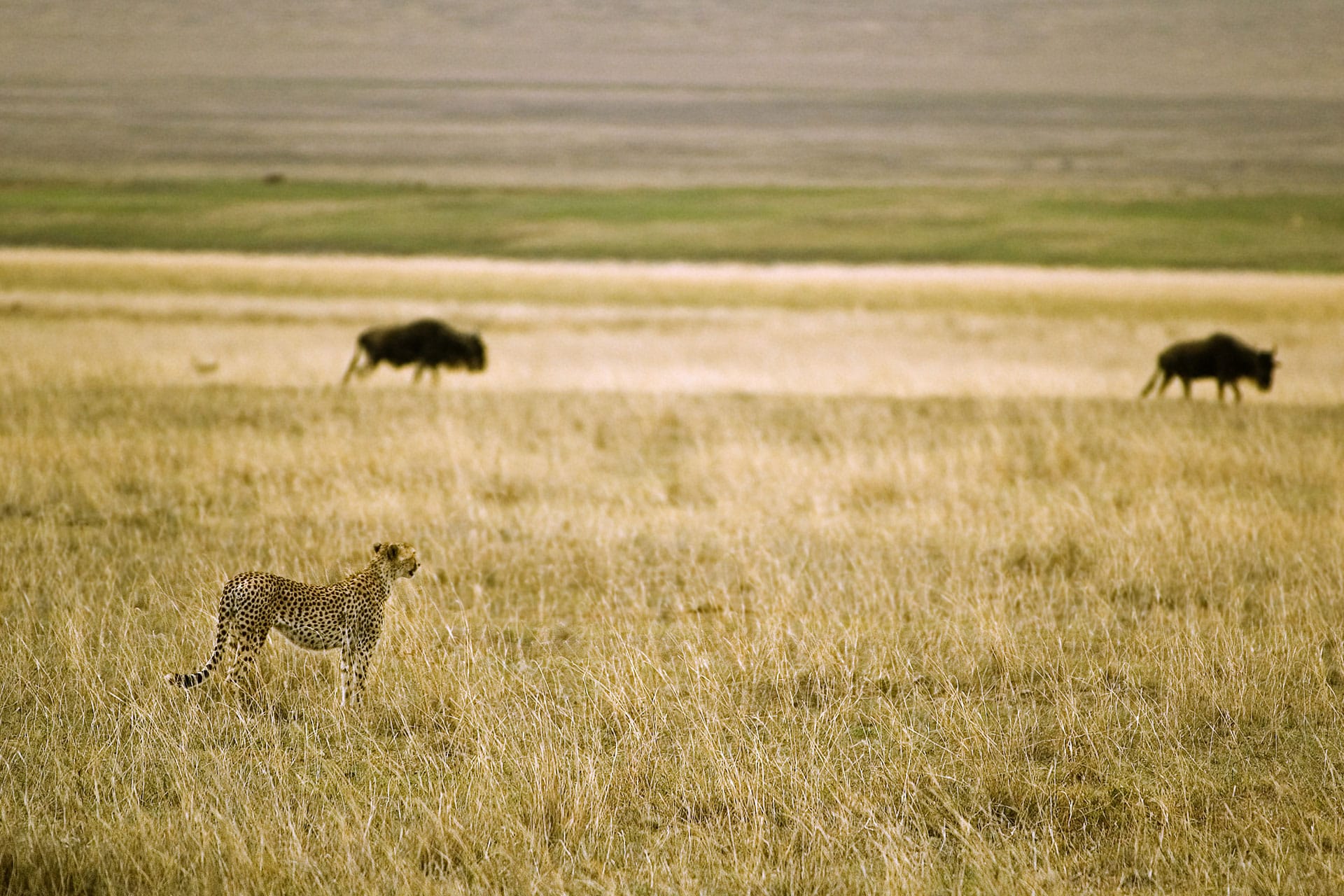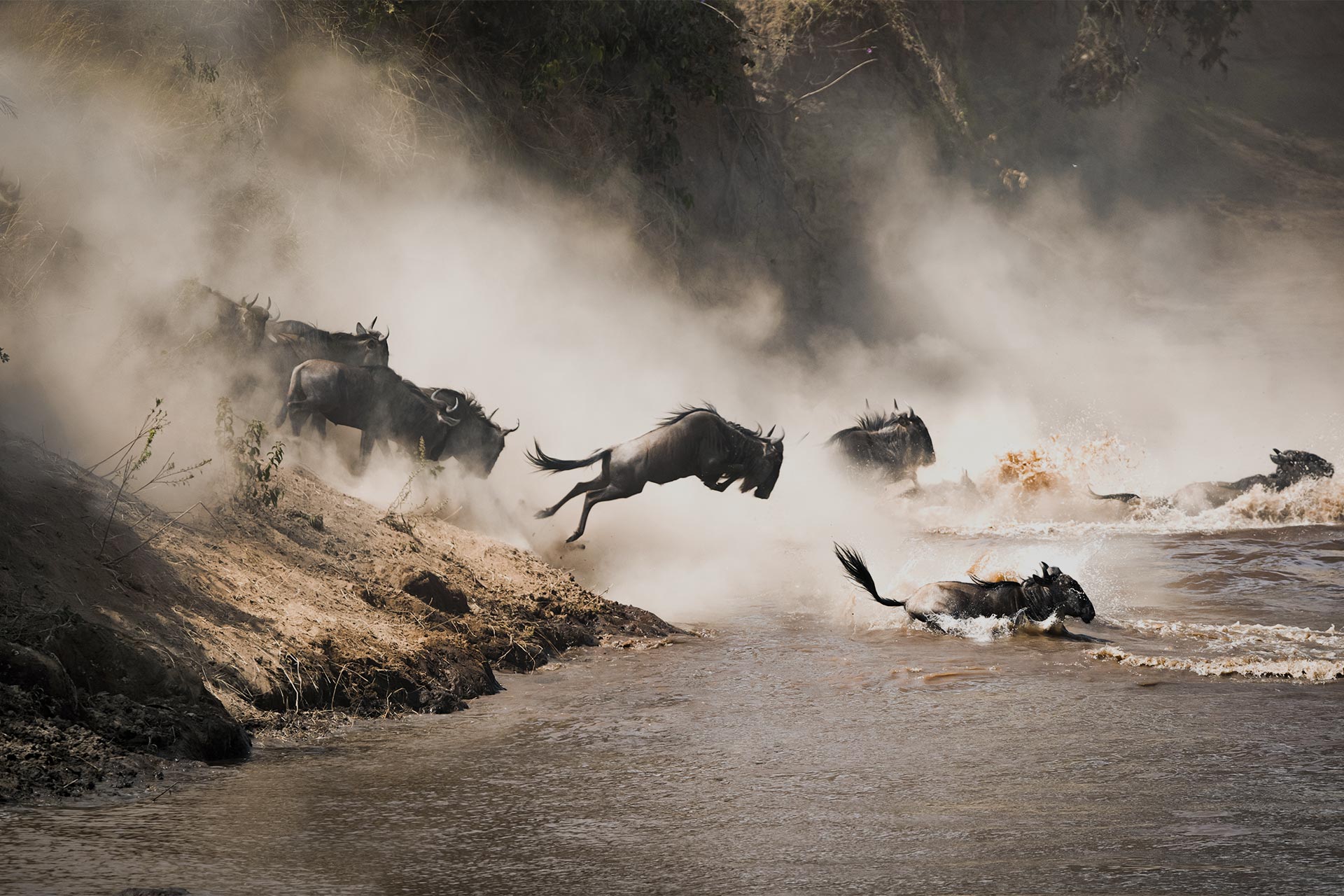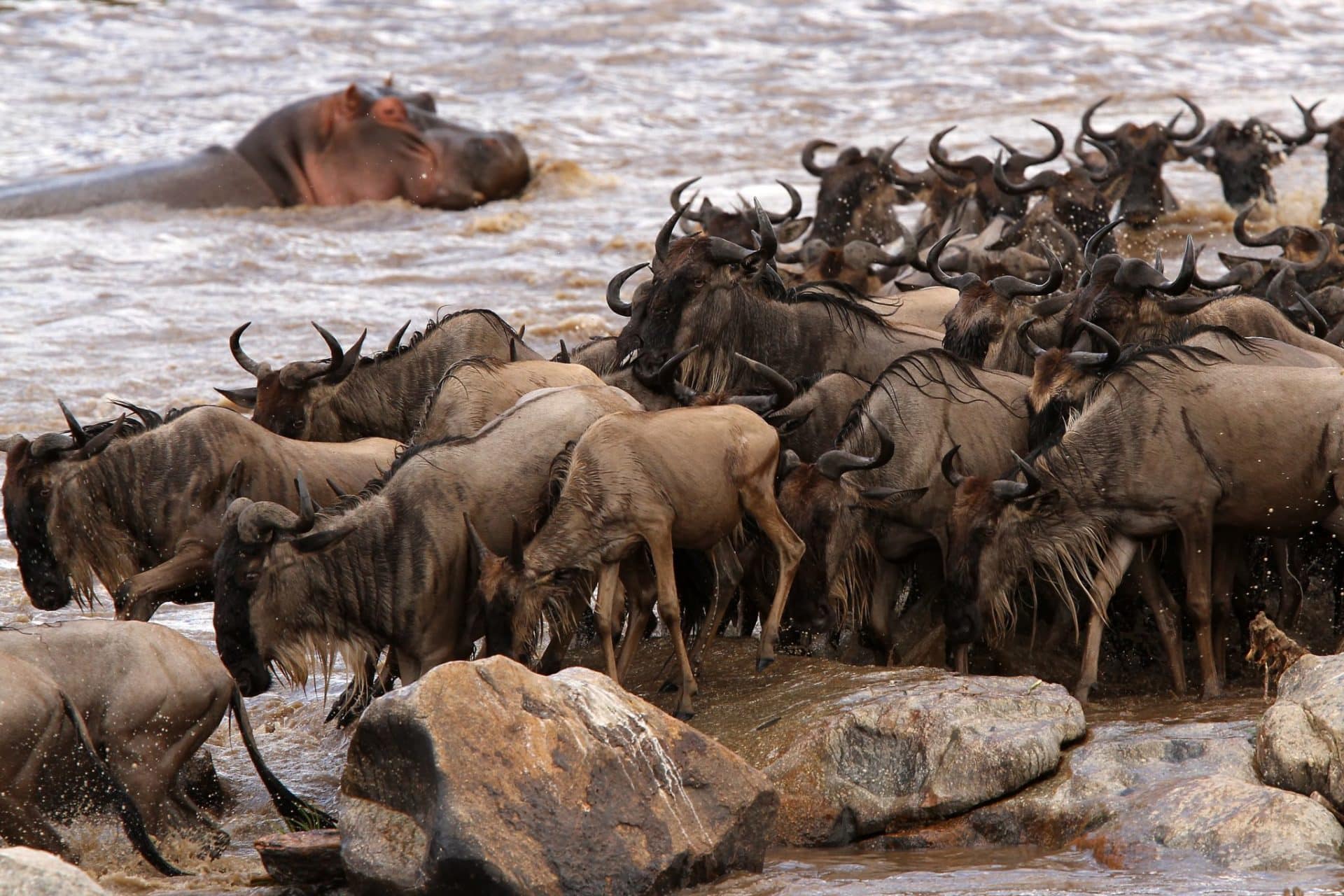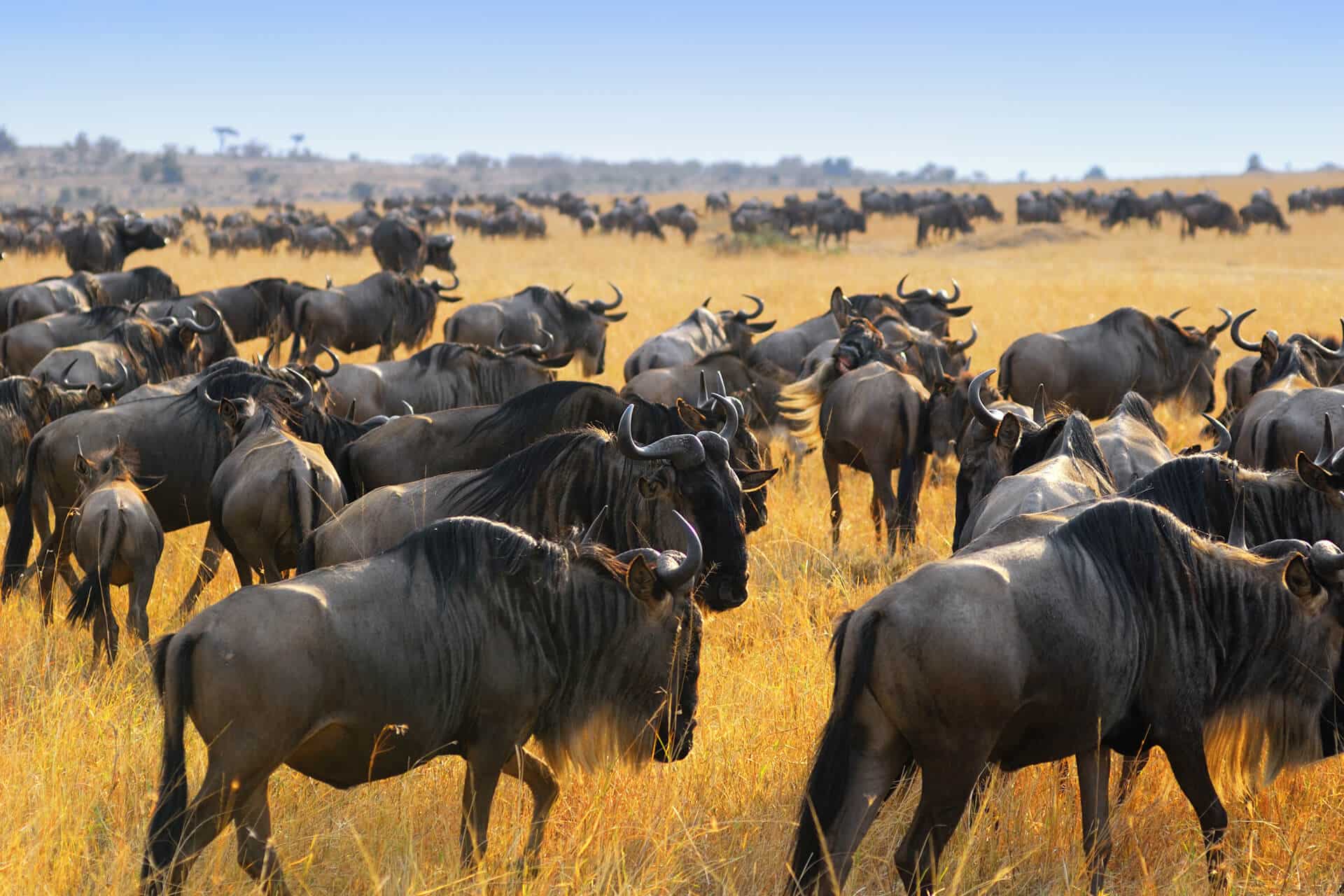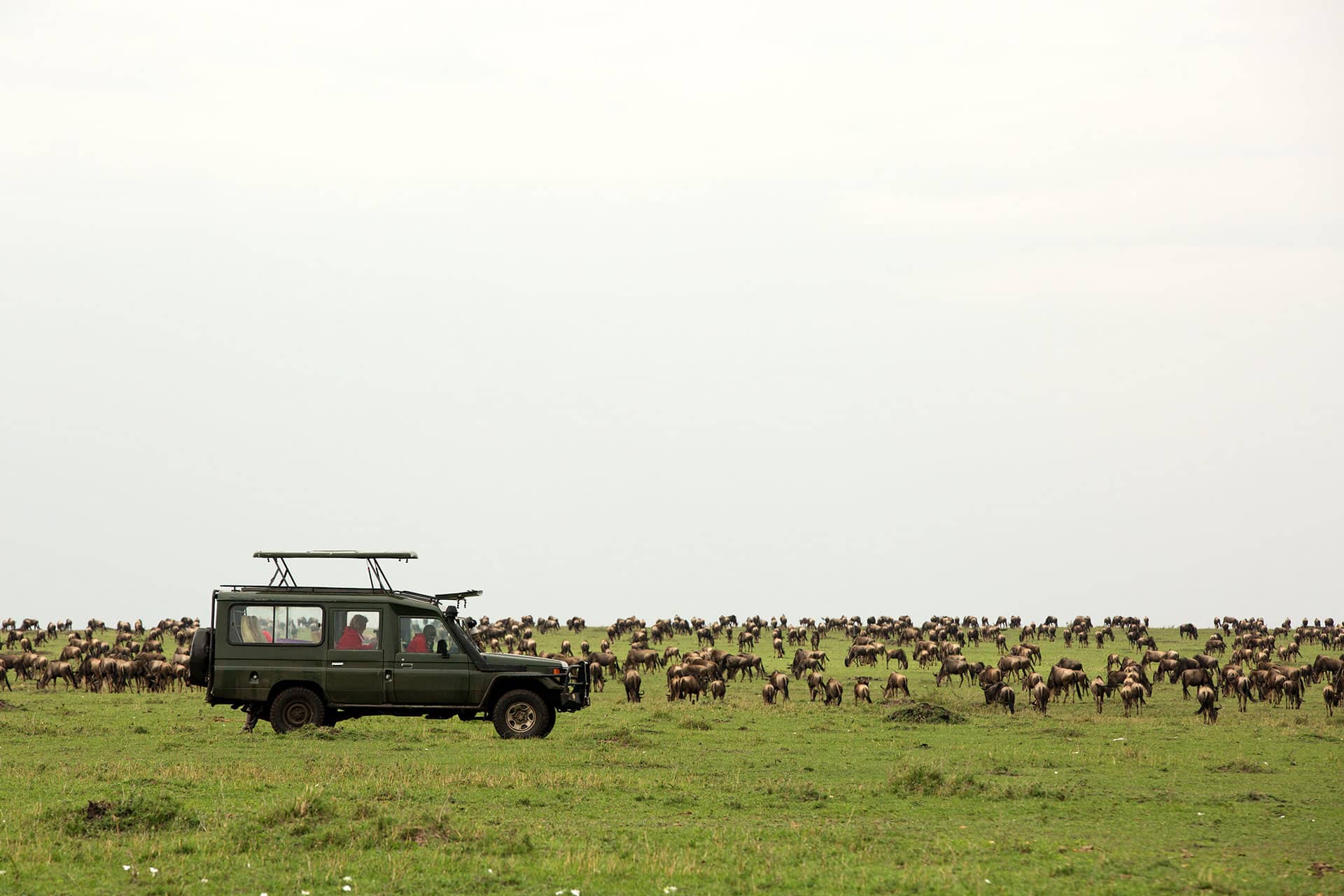Experiences
Great Wildebeest Migration Safaris
Ker & Downey® Africa > Luxury Travel Experiences > Great Wildebeest Migration Safaris
The Greatest Wildlife Show on Earth
Widely known as ‘The Greatest Wildlife Show on Earth’, the Great Migration in East Africa is the world’s quintessential wildlife experience that sees millions of wildebeest, zebra, and other antelope species make the treacherous journey across Tanzania and Kenya each year.
Moving through some of the most magnificent ecosystems on the planet, the endless migratory circuit sees the animals cross the rolling plains of Serengeti National Park in Tanzania to Kenya’s Masai Mara Game Reserve in search of better grazing and water.
Follow the pitfalls and triumphs of the herds as they undertake this hair-raising journey while trying to survive perils and predators alike – crossing deep crocodile-infested waters, and contending with a whole host of terrestrial carnivores. It is a classic example of survival of the fittest, in some of the most wildlife-rich regions in the world.
Our Great Wildebeest Migration LuxVenture® trips are tailored to ensure an unforgettable experience with you at the very heart of the action of this truly wild annual event.
The Great Migration Monthly Calendar
Contrary to popular belief, the Great Migration is a year-round spectacle. The calving season (late-January to mid-March) sees the animals giving birth to future generations to continue the circle of life and keep the migration alive. Each month of the year offers a unique experience of this bucket list event.
We have put together a monthly calendar to be used as a general guide when planning your trip to East Africa to experience the Great Migration. Please note that the migration patterns may vary slightly from one year to the next due to the sometimes unpredictable weather patterns and the start of the rains in the Serengeti.
In January, the herd is generally concentrated in the grassy southern plains of the Serengeti spilling over into the Ngorongoro Crater in Tanzania.
In February, the herd continue to give birth to their offspring generally hang around the Lake Ndutu area or east and south into the Ngorongoro Conservation Area.
March marks the commencement of the long rains in the Serengeti and sees the migration move away from the southern plains towards the Maswa Game Reserve.
April is a wet month, and the herds can be seen streaming from the south through the Moru Kopjes in central Serengeti, making their way to the Western Corridor.
May marks the beginning of the dry season, and the bulk of the herds are seen in massive columns making their way across to the Western Corridor.
By June, the group has gathered in a mega-herd on the southern banks for the Grumeti River, and crossings can start early in the month, but tend to intensify around the middle of June.
In July the surviving wildebeest, zebra and antelope head towards the northern Serengeti, towards the Ikorongo Game Controlled Area and Lobo.
August marks the start of the infamous Mara River crossing – a crazed spectacle, with hordes of animals plunging into the dangerous waters of the Mara River.
The majority of the animals have now crossed over into Kenya’s Maasai Mara, grazing on lush green grass after an exhausting expedition across the Mara River.
In October after some time mingling in the Mara, the herds slowly start moving back into the Serengeti, moving through Loliondo Game Controlled Area in the east.
By November, most of the wildebeest, zebra and antelope that make up the massive herd have left the Mara and are moving with more urgency towards the Southern Serengeti.
By December, the great herds have reached the southern Serengeti where a blanket of fresh grass has now covered the plains once again.
Contact us, we are here every step of the way
See something you like? The luxury safaris showcased on our website are just a taste of what your unique African experience could look like. Tell us what you liked and we will craft a one-of-a-kind luxury safari, just for you!

